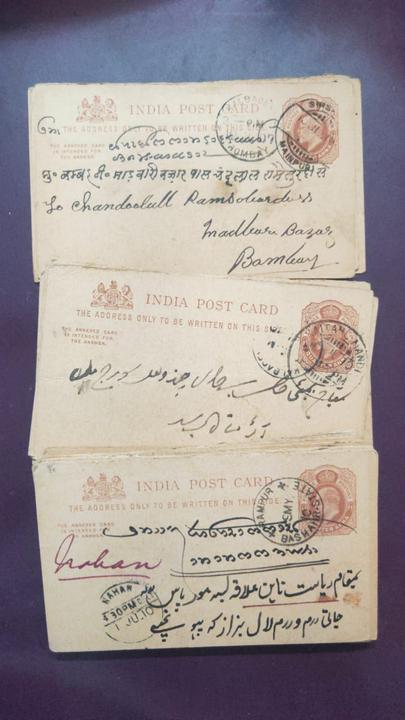Description
Old British era postcards offer a captivating glimpse into the past, serving as tiny time capsules that reflect the culture, society, and aesthetics of a bygone era. These postcards, popularized during the late 19th and early 20th centuries, were not merely means of communication but also pieces of art in their own right.
Crafted with intricate designs, vibrant colors, and evocative imagery, these postcards were often used to showcase the grandeur of British colonies and depict scenes from everyday life. From sweeping landscapes to bustling city streets, from majestic landmarks to quaint villages, each postcard narrated a unique story, transporting recipients to distant lands and allowing them to experience a slice of colonial life.
One of the most striking features of these postcards is their meticulous attention to detail. Whether depicting iconic landmarks like the Taj Mahal or the pyramids of Egypt, or capturing the daily activities of indigenous peoples, each scene was rendered with precision and care, capturing the essence of the moment.
Moreover, these postcards served as potent tools of propaganda, promoting the ideals of imperialism and reinforcing notions of British superiority. Images of exotic locales and “native” cultures were often romanticized, presenting a sanitized version of colonial life that conveniently ignored the harsh realities of exploitation and oppression.
Despite their often idealized representations, old British era postcards are valuable historical artifacts that provide valuable insights into the complexities of colonialism and its impact on both colonizers and the colonized. Through their imagery and symbolism, they offer a nuanced understanding of the power dynamics and cultural exchanges that characterized the British Empire’s global reach.
Today, these postcards continue to fascinate collectors, historians, and enthusiasts alike, serving as tangible reminders of a bygone era and sparking conversations about the legacies of imperialism and colonialism. As artifacts of visual culture, they remind us of the importance of critically engaging with historical narratives and challenging dominant narratives about the past.













Reviews
There are no reviews yet.